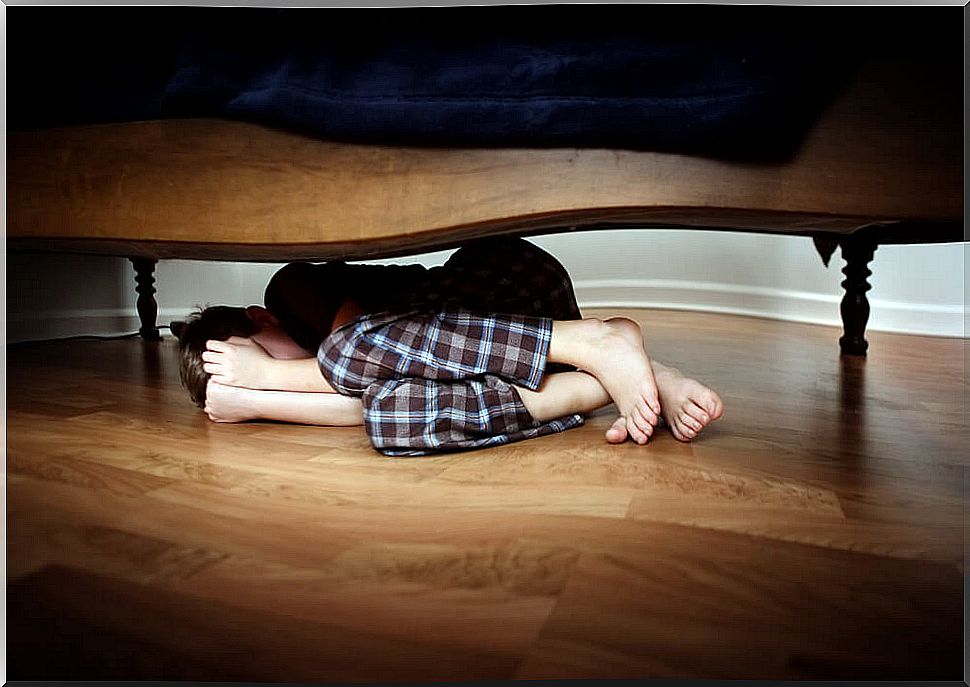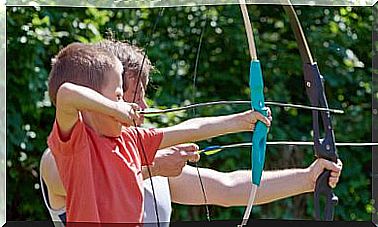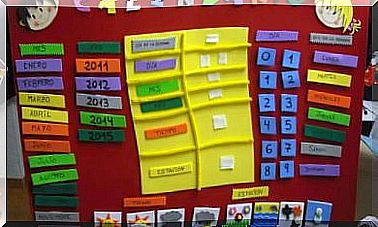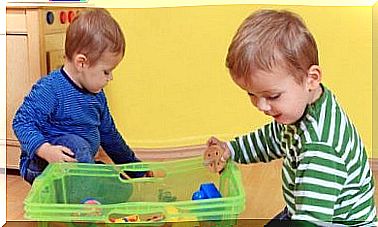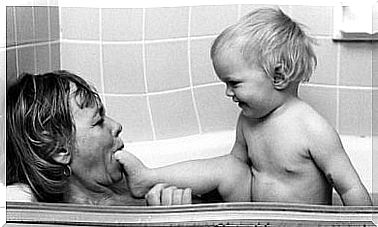How To Dismantle Children’s Fears
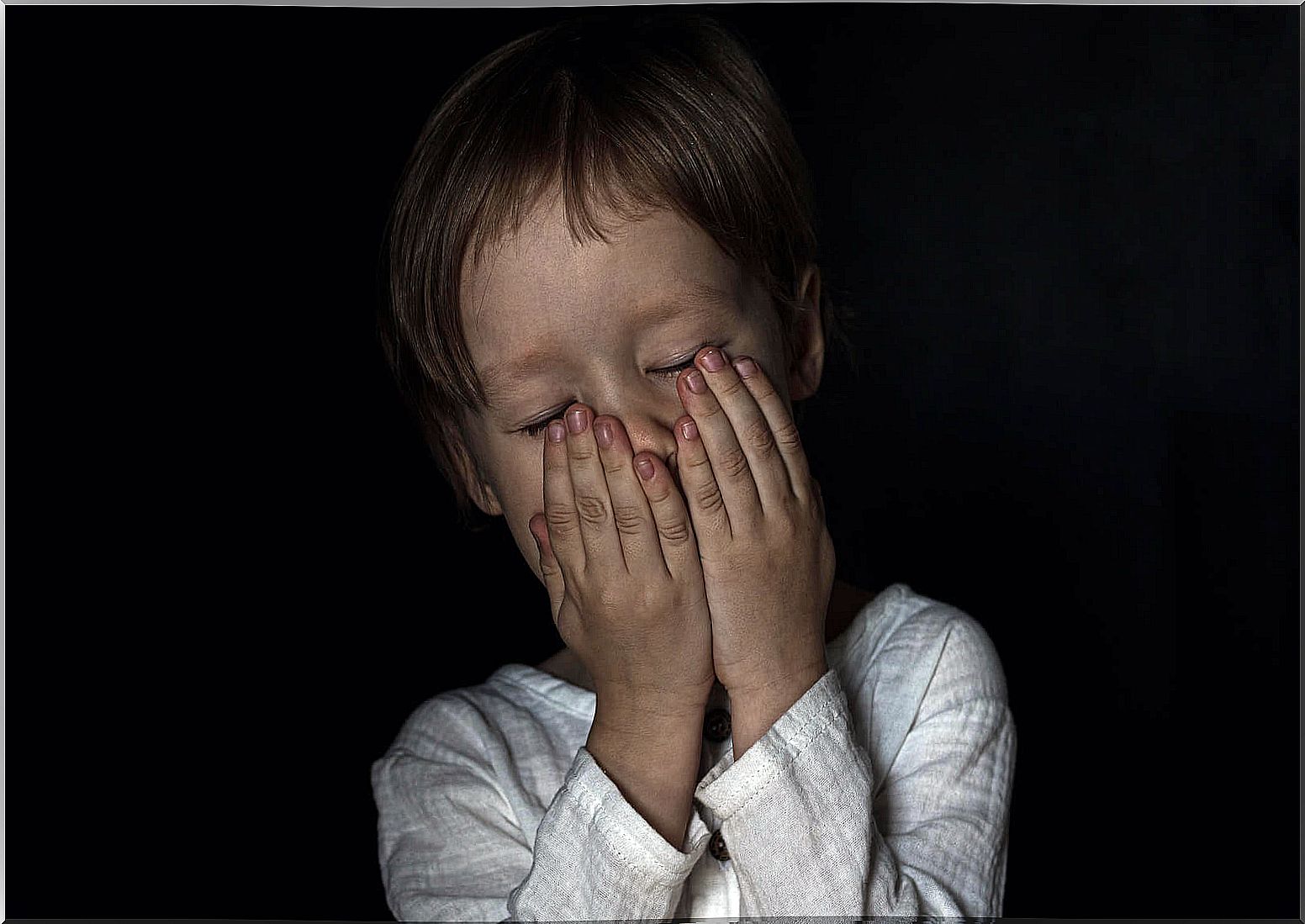
It is very common for children to have fears and these are different depending on the age of each one, but, sometimes, these fears block them and interfere in their day to day life. Next, we are going to see some tips that can be helpful when dismantling children’s fears.
In order to overcome a fear that we consider irrational, it is not necessary to flee or avoid it, but to confront it and dismantle its structure, confronting the thought that generates the fear with the realist.
Fear has its positive side and its negative side. You want to know why? How can we parents help dismantle our children’s fears? We invite you to continue reading to find out everything.
How to dismantle the fears of children?
First of all, it is important that we know how to differentiate between fear, phobia and anxiety.
- Fear. Our body reacts to certain situations with fear and this is normal, since it helps us to be safe from something that we consider dangerous.
- Phobia. It is when fear becomes something irrational that significantly interferes in the life of the person who suffers it.
- Anxiety. It usually occurs for vague reasons and there is no specific cause. Any situation is interpreted with uncertainty and generates this state.
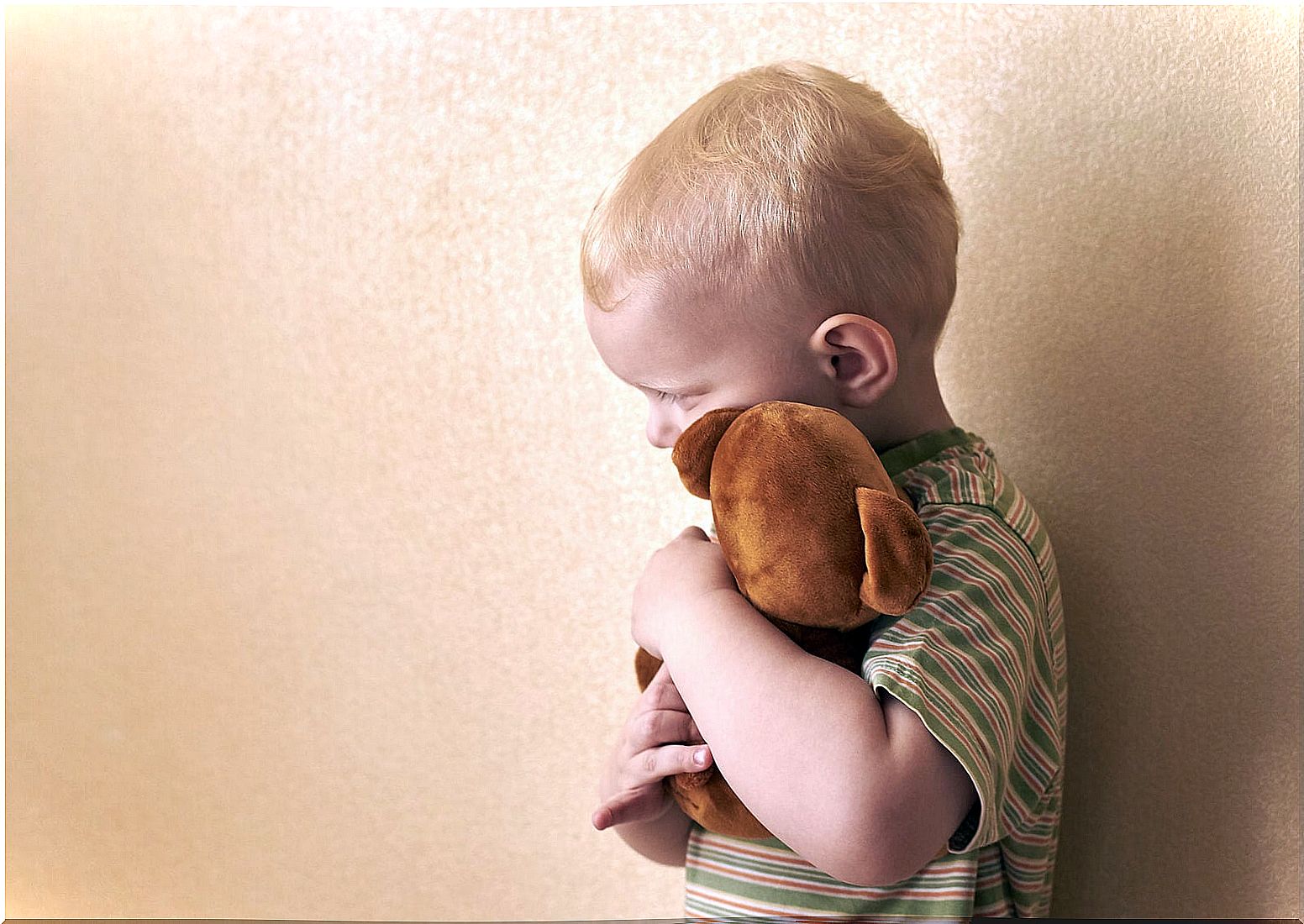
How can children learn to be afraid?
Normally, children are not born with fears, but they acquire them throughout their childhood, often influenced by their parents. For example, when they are yelled “Stay away from that dog, it can bite you!” . What this does is produce in the child the fear of the dog. Therefore, it is important to be careful when saying phrases that can scare or generate fear in children.
We must also be careful when showing insecurity in the face of any fear that we have, since, if the little one sees his reference figure with fear, he learns to be afraid of that situation.
Is it good to be afraid?
Fear is normal, as long as it is a physiological response to a stimulus or dangerous situation. It activates the body to escape, increasing the heart rate, making us breathe faster and tensing our muscles to prepare if we have to run away from something that endangers our physical integrity.
When does the problem arise? When the child’s fear is of something that does not endanger his life, such as, for example, the dark or ghosts. This fear is somewhat irrational, in a situation that is not dangerous and, therefore, the physiological response that occurs is wrong.
With fear we can educate?
Not with fear itself, but it is important that we explain to our children some situations that may involve danger, such as crossing the street without going out of hand or looking, without respecting the traffic light. Another thing that must be warned them, but without naming the word fear, is that they should not speak or accept anything from anyone they do not know.
For this reason, instead of using phrases like “be afraid of strangers” or “be afraid to cross the street” , it is better to say “be wise to cross or not to talk to strangers” .
Dismantling children’s fears: how do fears manifest themselves at different ages?
- From 6 months to 2 years. Before 6 months it has been seen that there is no fear in itself, only fear of detachment when children are away from their parents or meet someone they do not know.
- From 2 to 6 years old. Here, fears of imaginary beings, ghosts, monsters begin to emerge … At this age is when phobias begin to emerge, especially of some animals.
- From 7 to 11 years old. In these ages, fears of imaginary beings disappear and fears related to daily life begin to arise , such as accidents, medical treatments, etc.
- From 12 to 14 years old. At this stage of preadolescence, fears related to their social relationships appear, such as fear of being left without friends, of school failure, of not being accepted by their peer group …
- From 15 to 18 years old. To the fears of the previous stage is added the fear of personal relationships or not achieving achievements in sports or hobbies that the child has.
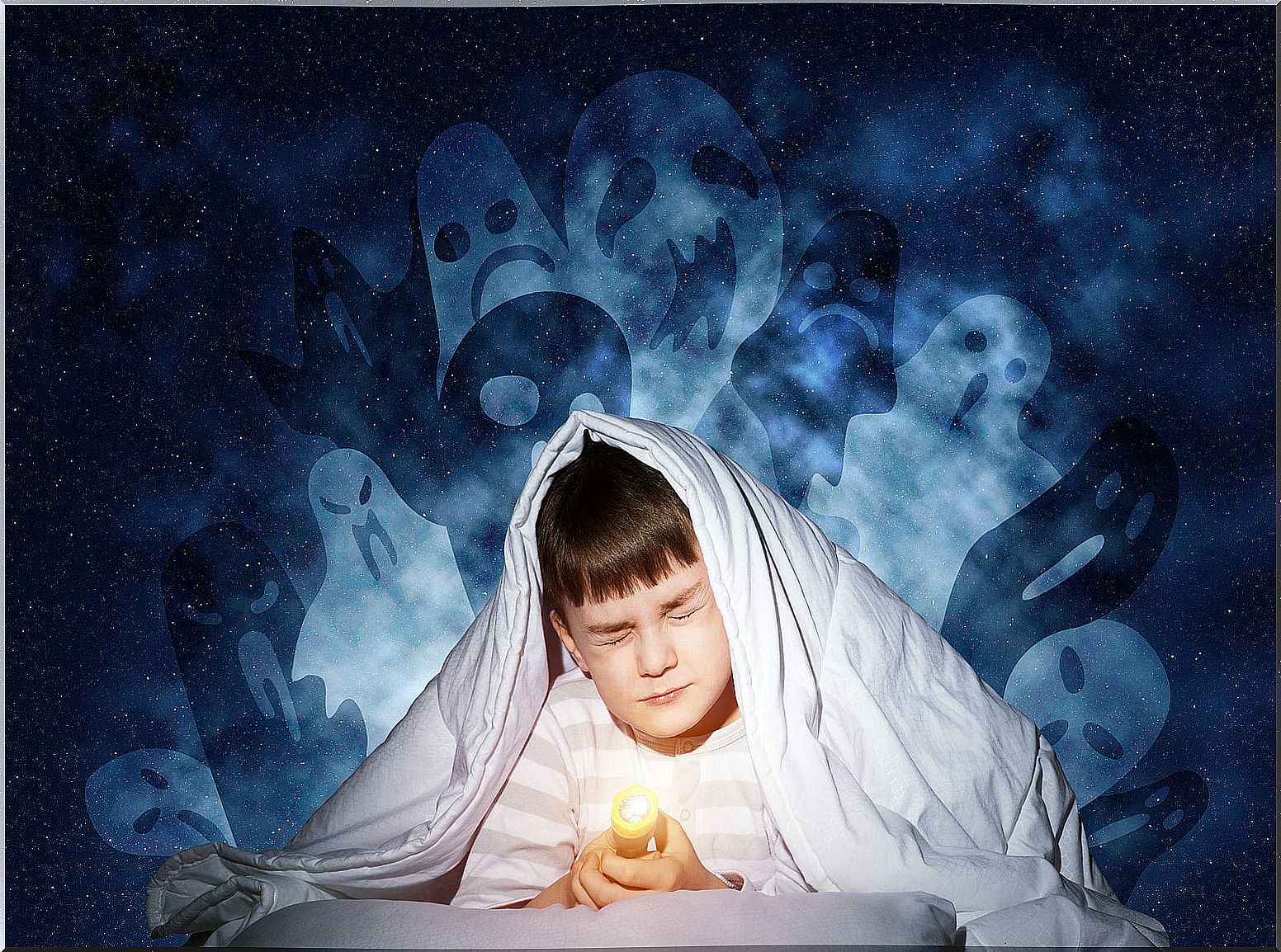
Keys to dismantling children’s fears
The main thing is that children see their parents, who are their role models, safe, because this attitude will generate security.
Don’t prevent him from facing what he fears
This will only create a greater fear; strategies must be created to face this fear and overcome it. For this reason, children should not be allowed to avoid the situation that creates fear for them. How can it be done?
- Facing them little by little to the situation they fear.
- Giving them resources or tools to know how to cope.
- Have an adult by your side who is a reference and offers them security.
Do not scold him
Don’t get angry or scold him for being afraid of something that seems silly to you. Explain that it is normal to feel afraid and not be ashamed of it, but that this situation is not dangerous for him.
Analyze the feared situation
Teach him to analyze the situation, that he does not have to fear certain things and that he may be afraid of something in particular, but because it is something unknown.
Teach him guidelines for calming down
Teach him breathing or relaxation techniques when he is feeling fear and give him rational alternatives to think about whether or not that fear is founded.
On how to dismantle children’s fears
We have already seen how fear works and what can be done to dismantle children’s fears. It is important that, if these tips are applied and the child continues to feel an irrational fear, which can end up turning into a phobia, a specialist should be consulted so that he or she can help.
